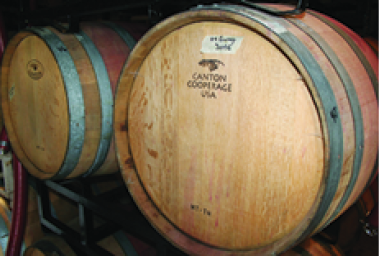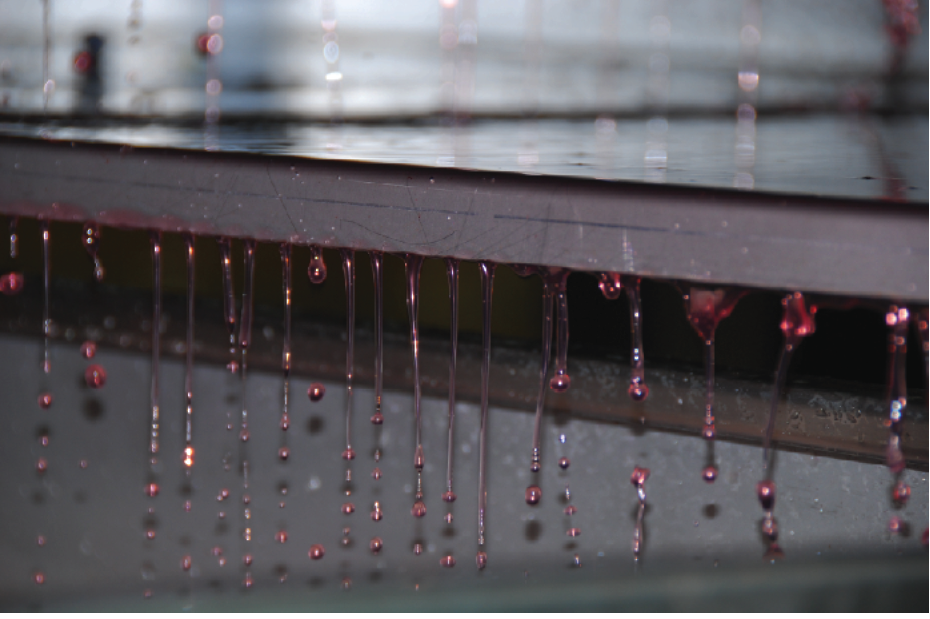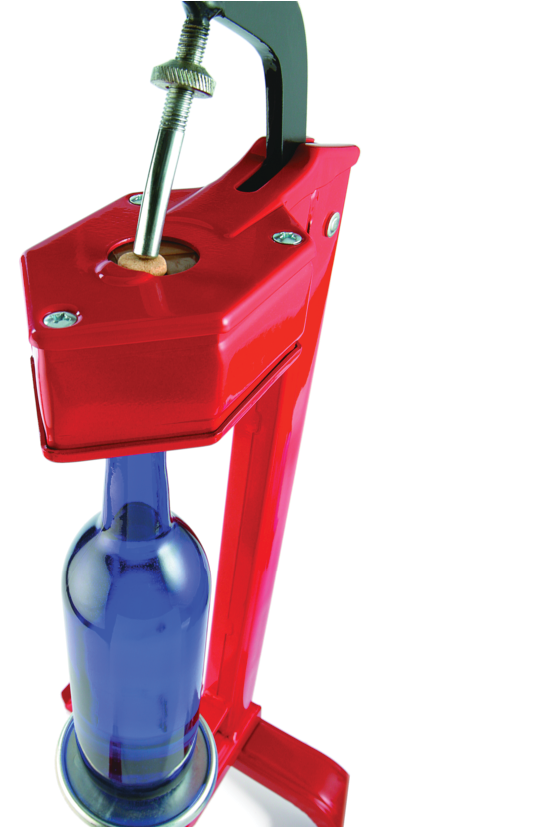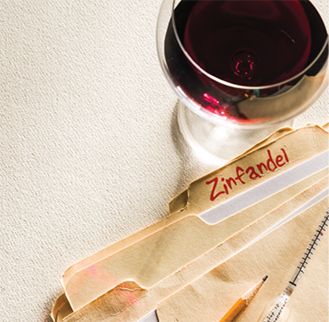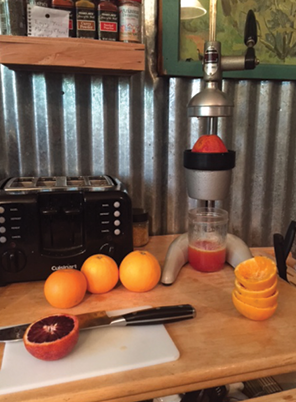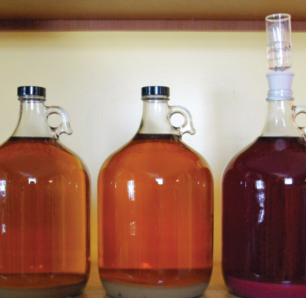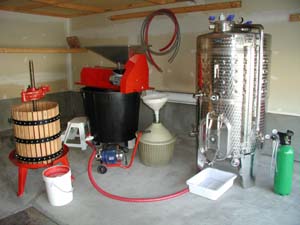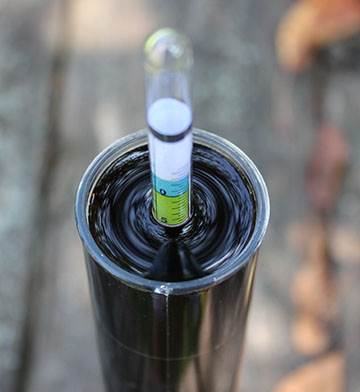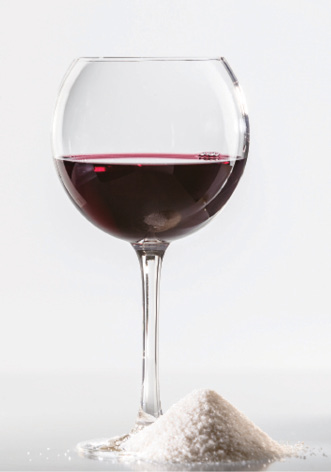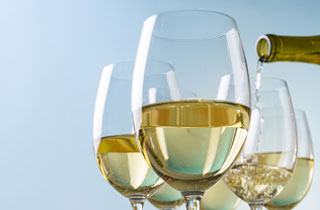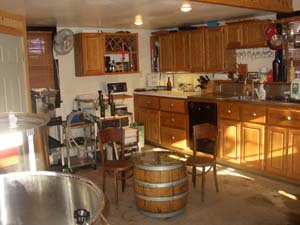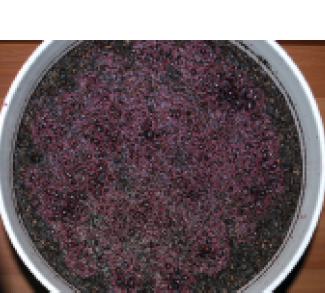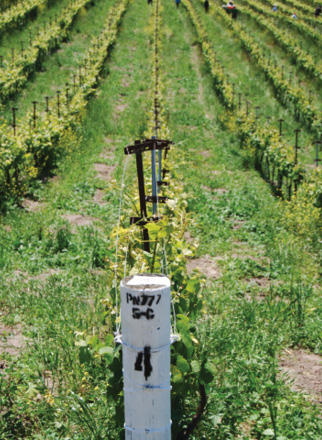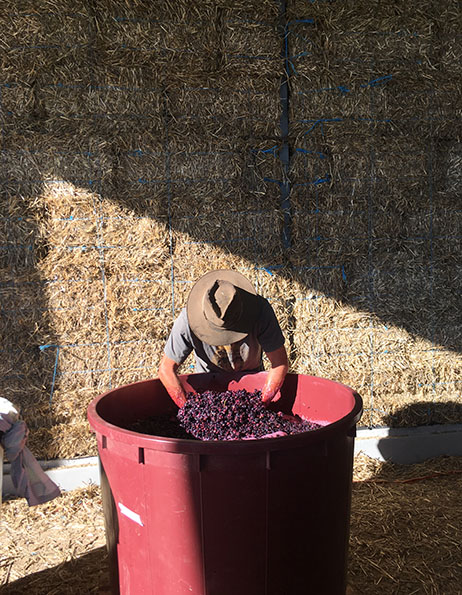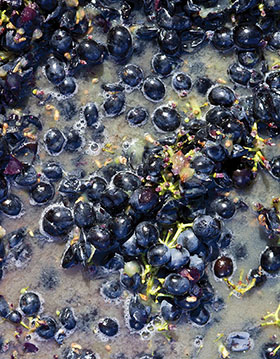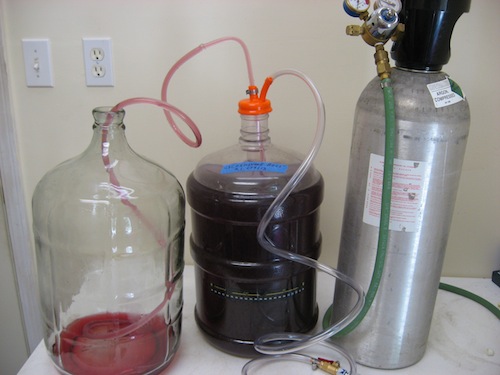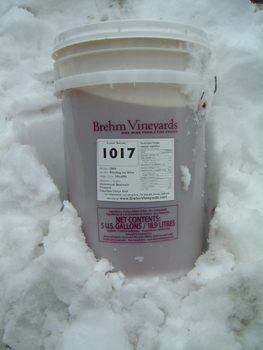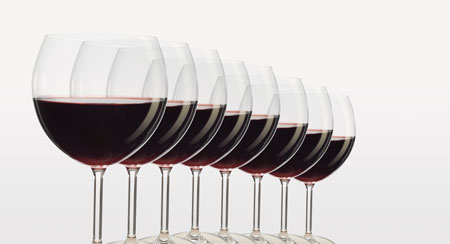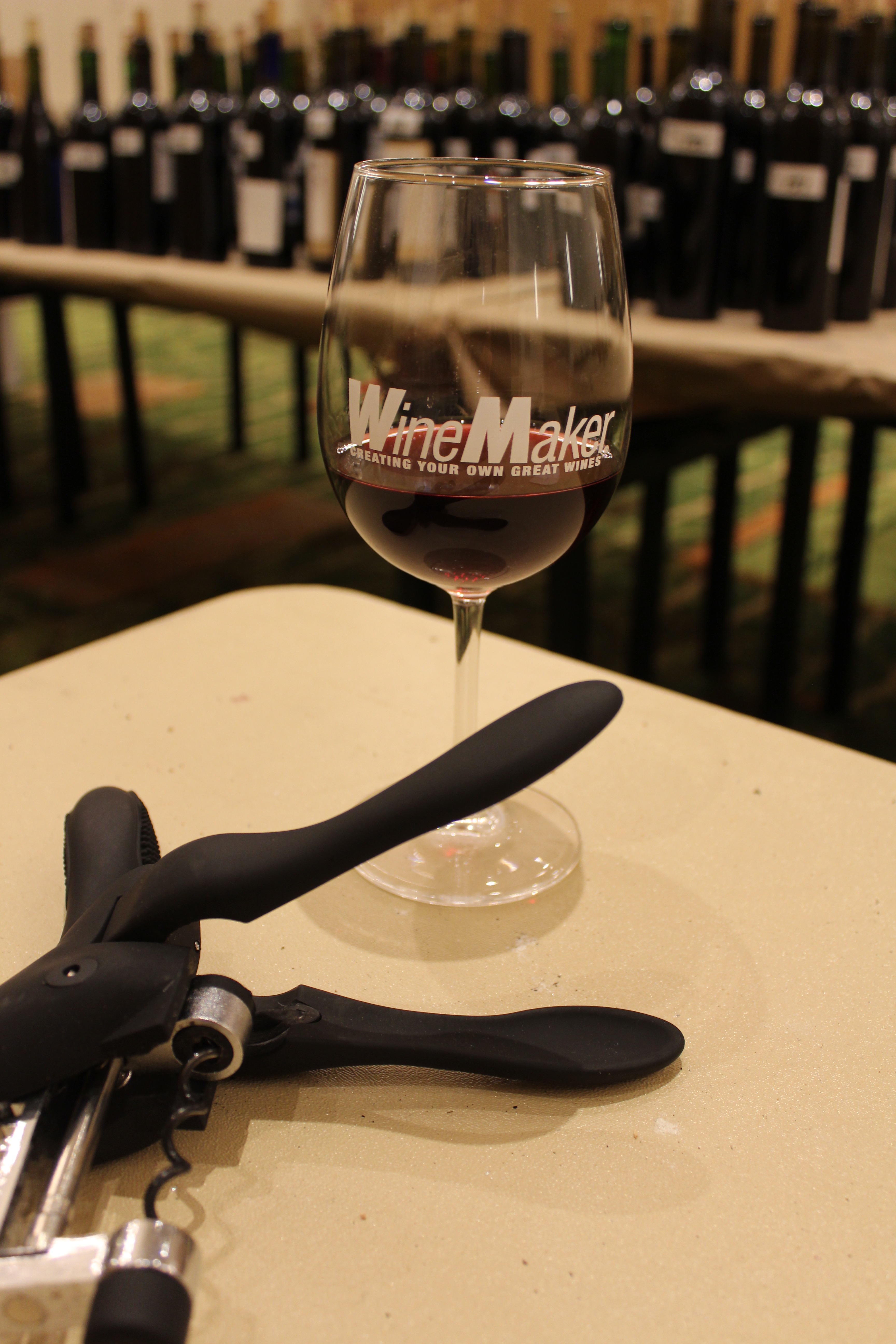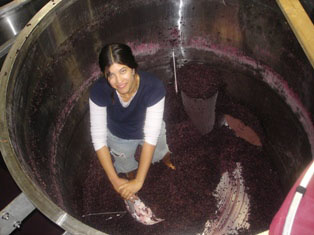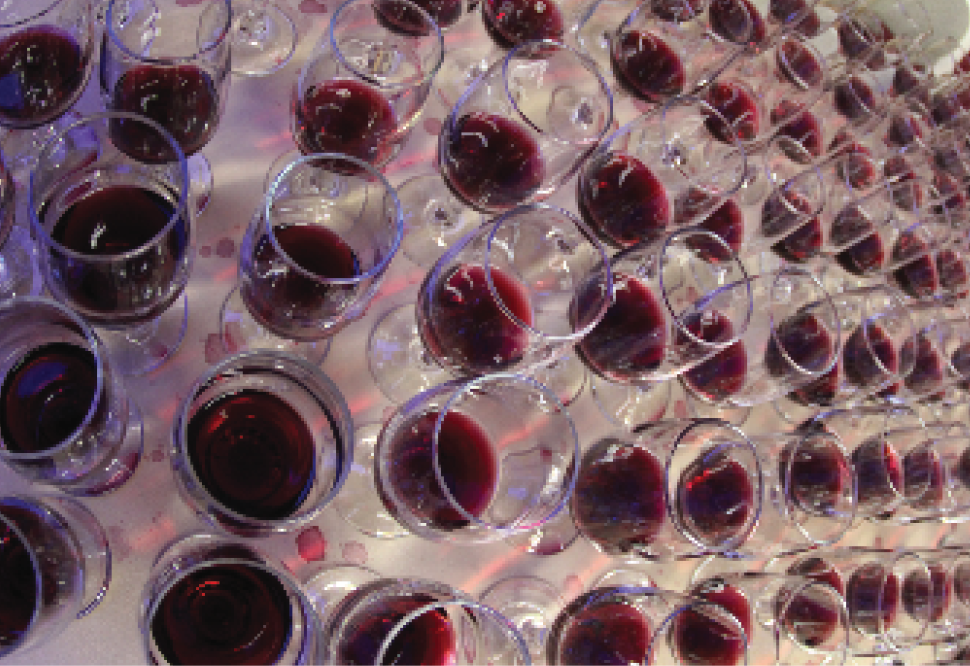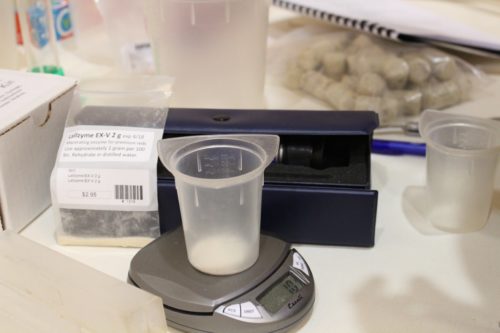Techniques
Topic: Techniques
Bulk Wine Aging
There is more to cellaring bulk wine than meets the eye. Throughout the aging process, the winemaker is on a tightrope walk between intervening to prevent and correct problems while remaining relaxed enough to let good wine evolve naturally.
Rosé Techniques Roundtable
Asking a winemaker if they make rosé should be like asking a winemaker if they drink beer. The two beverages, pink wine and a tasty lager, belong in any cellar and in
Bottling Your Wine
As renowned French wine scientist Emile Peynaud wrote, “Bottling is a very stressful operation for a wine and the enological problems it causes are numerous: Considerable oxygen uptake, keeping out microorganisms and
Storing Wine Ingredients
Make wine at home for a few years and you will probably accumulate a lot of stuff. Pieces of equipment join the collection as the needs and resources come up. Consumable supplies
Zinfandel Wine Case Study
You’ve heard over and over the importance of taking notes during winemaking. But what do you do with those findings? Follow along with the process of a professional winemaker to find out.
Balancing Fruit and Sugar in Country Wines
Bob Peak digs into how much sugar is needed to get the desired alcohol level, and how much fruit is needed to offer a pleasing profile and aroma, flavor, and appearance when making country wines.
Split Batch Wine Kit Experiments
When we tackle a big project it isn’t the immediate effort that pays off, but all of our work combined into one glorious enterprise. It’s the same with winemaking: A single effort
Small Space Winemaking Techniques
In large wineries, functional spaces are usually separated. There may be a crush pad, one or more fermentation rooms, and a cellar or cave for barrel aging. Most of us at home
Restart Stuck Fermentations
All home winemakers wish — and strive — for fermentations that go smoothly and completely to the desired finish, usually dry wine. When things go wrong, a frequent problem is a stuck
Post-Fermentation Wine Adjustments
Our job isn’t finished when fermentation is over. With many wines, especially reds, you may want to go ahead and do a malolactic (ML) fermentation as well. And during cellaring you need
Making White Wines from Red Grapes
As I started working on this story, a surprising question occurred to me: “What makes wine white?” “The color” seems obvious when you look at a restaurant wine list or walk up
Degassing Wine Techniques
Sure, some wines are supposed to be carbonated, but most aren’t. To avoid unwanted bubbles in your table wines, you need to degas your wine. Learn how, and when, to do it so you never pour an unexpected bottle of fizzy wine again.
Home Winemaking Quality Control
When the editors at WineMaker suggested quality control (QC) for a story, I was delighted to take it on. I have a long personal and professional history with QC and it infuses
Winemaking Outside of Harvest
Lots of home winemakers concentrate their efforts in the harvest months using seasonally available just-picked wine grapes. But sometimes a home winemaker wants to do something else. Maybe you didn’t make enough wine in harvest season. Or maybe you just want an adult beverage that doesn’t line up with the local seasons. Whatever the motivation, there are several techniques for out-of-season wine.
Matching Wine Style to Vineyard Site
Evaluate the specific aspects of your vineyard site to determine the best wine style to grow on your property.
Wines, Naturally
Many wine experts are skeptical about natural winemaking techniques. Here we define and explore organic, biodynamic, and natural winemaking so you can form your own opinion.
Wine Grape Cold Soaking Success
Cold soaking proponents believe that wines made utilizing a cold soak are more complex and fruit-forward, and exhibit improved color retention. By soaking their grapes at lowered temperatures for a period of time, they can extract anthocyanins (color), aromatics, supple tannins, improved mouthfeel, and flavor compounds more effectively than is thought to be possible with conventional methods.
Using Yeast Nutrients
One of the most important conditions for your yeast to thrive is an abundance of nutrients. If the must doesn’t provide enough naturally, it’s time to add yeast nutrients. Use these tips to know when it’s time to add nutrients, and what types your yeast need to complete a successful fermentation.
Using Inert Gases in Winemaking
Blanket, flush, sparge, transfer, dispense. To exclude air while doing any of these things to your wine, your best bet is the use of an inert gas. Learn some your options and tricks.
Winemaking From Frozen Must
Frozen musts provide the ability to make wine anytime regardless of harvest timing.
To Malo Or Not To Malo?
Many home winemakers are uncertain on whether or not to have their wines go through malolactic fermentation. This is not surprising since there is no “one size fits all” approach to the
Award-Winning Red Winemakers Roundtable
Three amateur winemakers with shelves full of medals to their names for their homemade wines share advice for making great reds.
Cold Soaking: Tips from the Pros
Melissa Burr, Winemaker at Stoller Vineyards in Dayton, Oregon. Melissa was raised in the Willamette Valley and, after completing her BS degree, studied winemaking at Chemeketa Community College in Salem, Oregon, and
Cabernet Sauvignon – Syrah Wine Blends
Home winemakers often resort to a little blending to improve their wines — to add a little more body, tweak the acid balance or deepen the color, or just because it
Using Enzymes: Tips from the Pros
Ben Mayo, Winemaker at Eberle Winery in Paso Robles, California. Ben has worked with Eberle for nearly ten years. He first joined as a cellar worker, later graduating to Assistant Winemaker and
